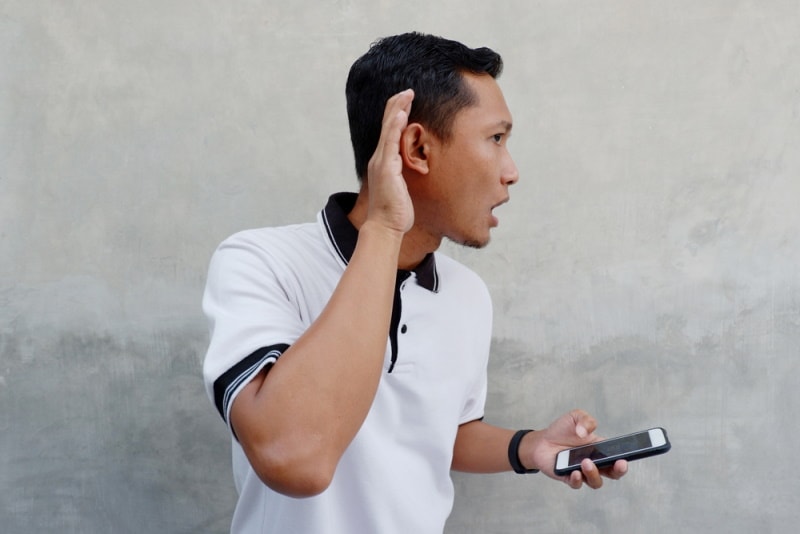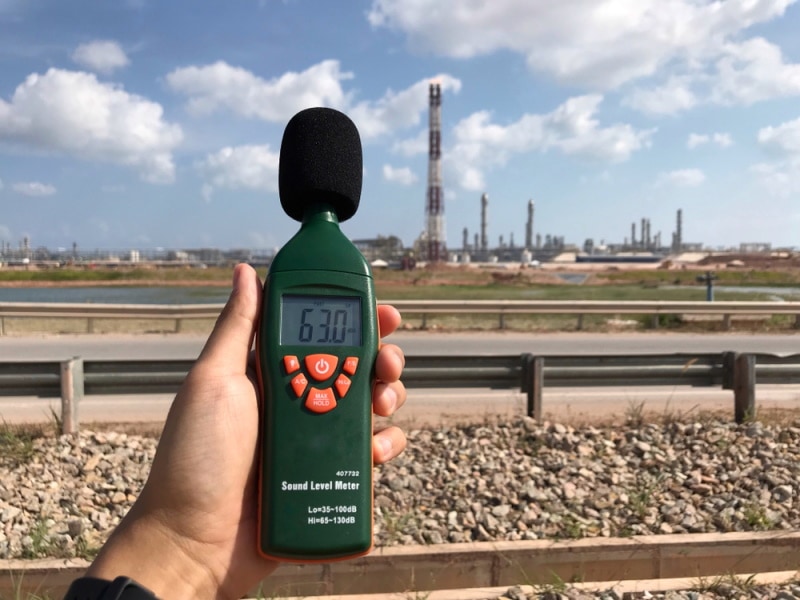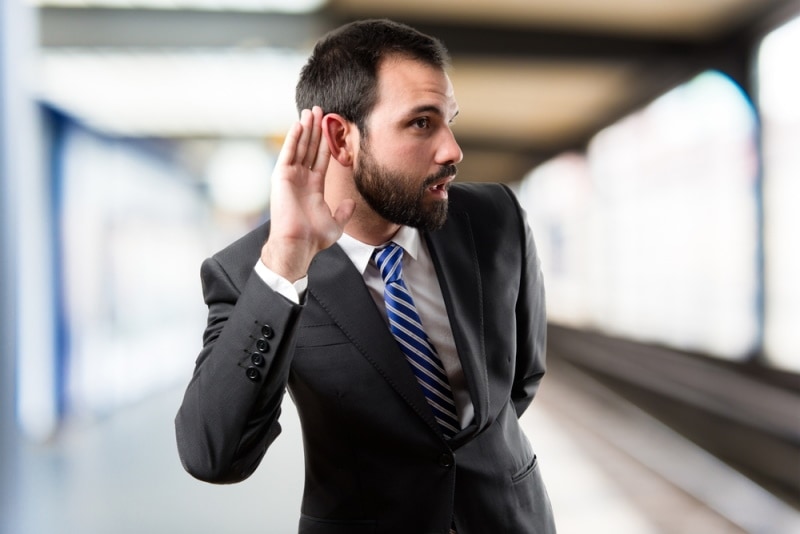What Noise Levels Are Healthy for Humans? (Decibel Guide)
-
- Last updated:

Your hearing is one of your most important senses. It allows you to communicate, enjoy music, and be warned of danger. But exposure to too much noise can damage your hearing permanently.
So, what is considered “too much noise?” According to the CDC, you shouldn’t be exposed to noise levels above 70 decibels (dB) for extended periods.
To find out what noise levels are healthy for humans, we need to understand a few things about sound. Read on to learn about decibels and how to protect your hearing.

What Is Sound?
At its most basic level, sound is a vibration that travels through the air (or any other medium, like water or solid objects). We hear these vibrations as sound when they reach our ears.
Sound is made up of waves. These waves are caused by a vibrating object, like a tuning fork. The waves travel out from the object in all directions. When these waves come into contact with our ears, our eardrums begin to vibrate.

As this happens, the vibrations are passed on to three tiny bones in the middle ear. From there, these bones amplify the vibrations and send them to our inner ear. There, these vibrations become fluid waves, which travel through a snail-shaped structure called the cochlea.
Your ear’s cochlea is lined with tiny hair cells. As the fluid waves crash against these hair cells, they move back and forth. As a result of this movement, electrical signals are sent to the brain, and we perceive these signals as sound.
How Is Sound Measured?
Sound is measured in dB units or decibels. The higher the decibel level, the louder the noise. On the decibel scale, the level of a normal conversation between two people is about 60 dB, while a chainsaw is about 110 dB. Sounds at or below 70 dB are generally considered safe.
What Is the Decibel Scale?
The decibel scale is a logarithmic scale. This means that each increase of 10 dB represents a sound that is 10 times louder than the previous sound. Therefore, a noise that is 20 dB is actually 10 times louder than a noise that is 10 dB.

What Noise Levels Are Healthy for Humans?
In general, noise levels above 70 dB can damage your hearing over time. The louder the noise, the shorter the amount of time it takes to cause this damage.
For example, exposure to a noise level of 90 dB for eight hours can cause permanent damage to your hearing. On the other hand, exposure to a noise level of 100 dB for just 15 minutes can also cause permanent damage.
To put this into perspective, let’s use the examples given above regarding a normal conversation and a chainsaw. It would be safe to have a conversation for eight hours, but it would only be safe to use a chainsaw for 15 minutes before causing permanent damage to your hearing.
Permanent hearing loss can occur after just one exposure to a loud noise. However, the more times you are exposed to loud noises, the greater your risk for hearing loss.
For instance, let’s say you go to a nightclub where the music is very loud. This could cause permanent damage to your hearing. But if you go to that same nightclub every weekend, your risk for hearing loss is much greater than if you had only gone once.

Decibel Guide
To give you a better understanding of the way sound is measured, below is a chart comparing the decibel levels of various sounds.
| Sound | Decibel |
| Jet at takeoff | 150 |
| Chain saw | 110 |
| Rock concert | 108 |
| Helicopter (100-foot distance) | 100 |
| Motorcycle | 90 |
| Food blender | 88 |
| Dishwasher | 80 |
| Suburban area | 50 |
| Library | 40 |
| Rural area | 30 |
| Breathing | 10 |
You should do everything you can to limit your exposure to any sound with a decibel level above 70 for extended periods. Doing so will greatly reduce your chances of suffering hearing loss.

Conclusion
You can see, then, that there are different levels of noise that are healthy for humans. It is important to be aware of these different levels and to make sure that you are not exposing yourself to too much noise.
Bottom line: if you are regularly exposed to noise above 85 decibels, it is important to take precautions to protect your hearing.
Featured Image Credit: HariPrasetyo, Shutterstock
Contents

